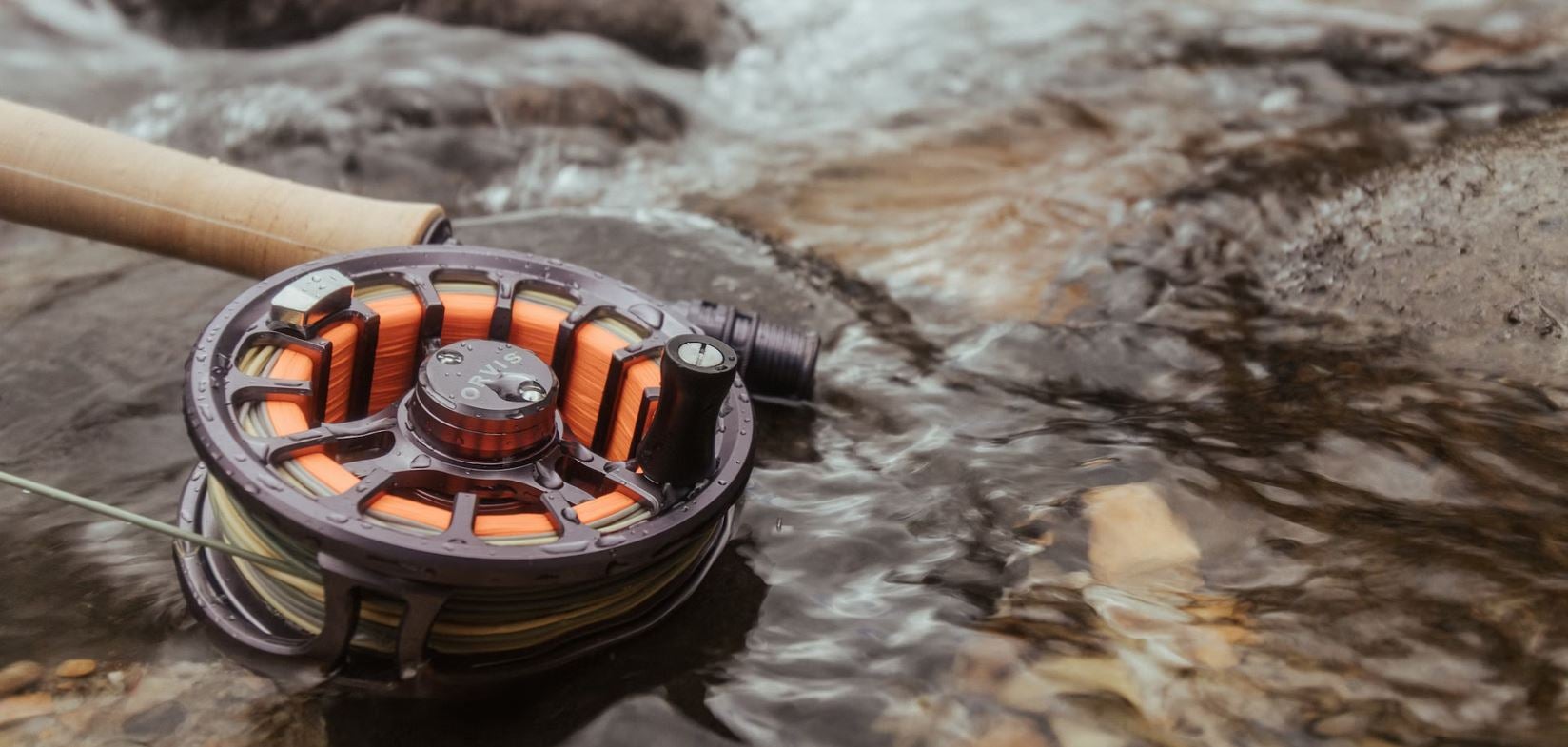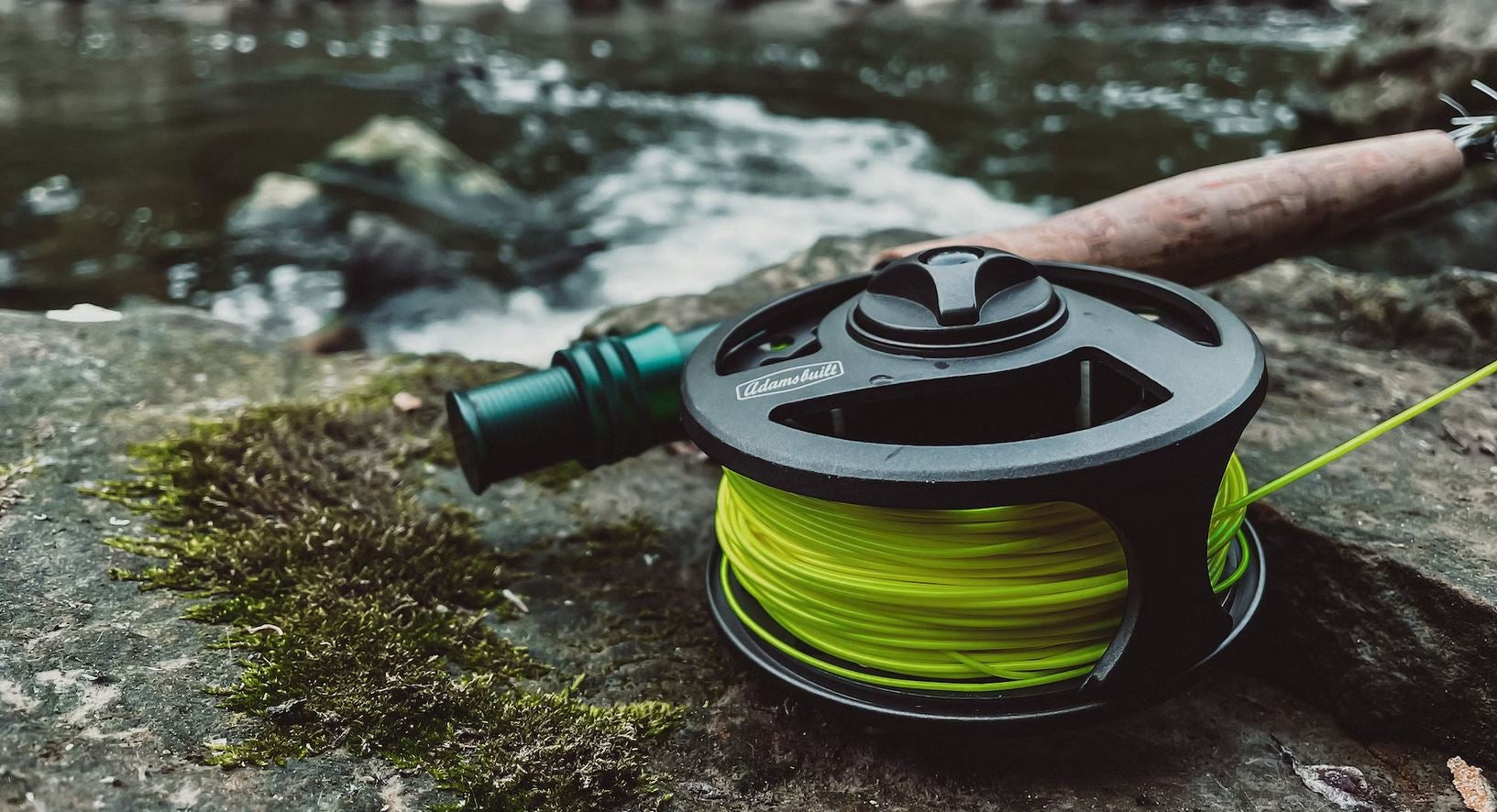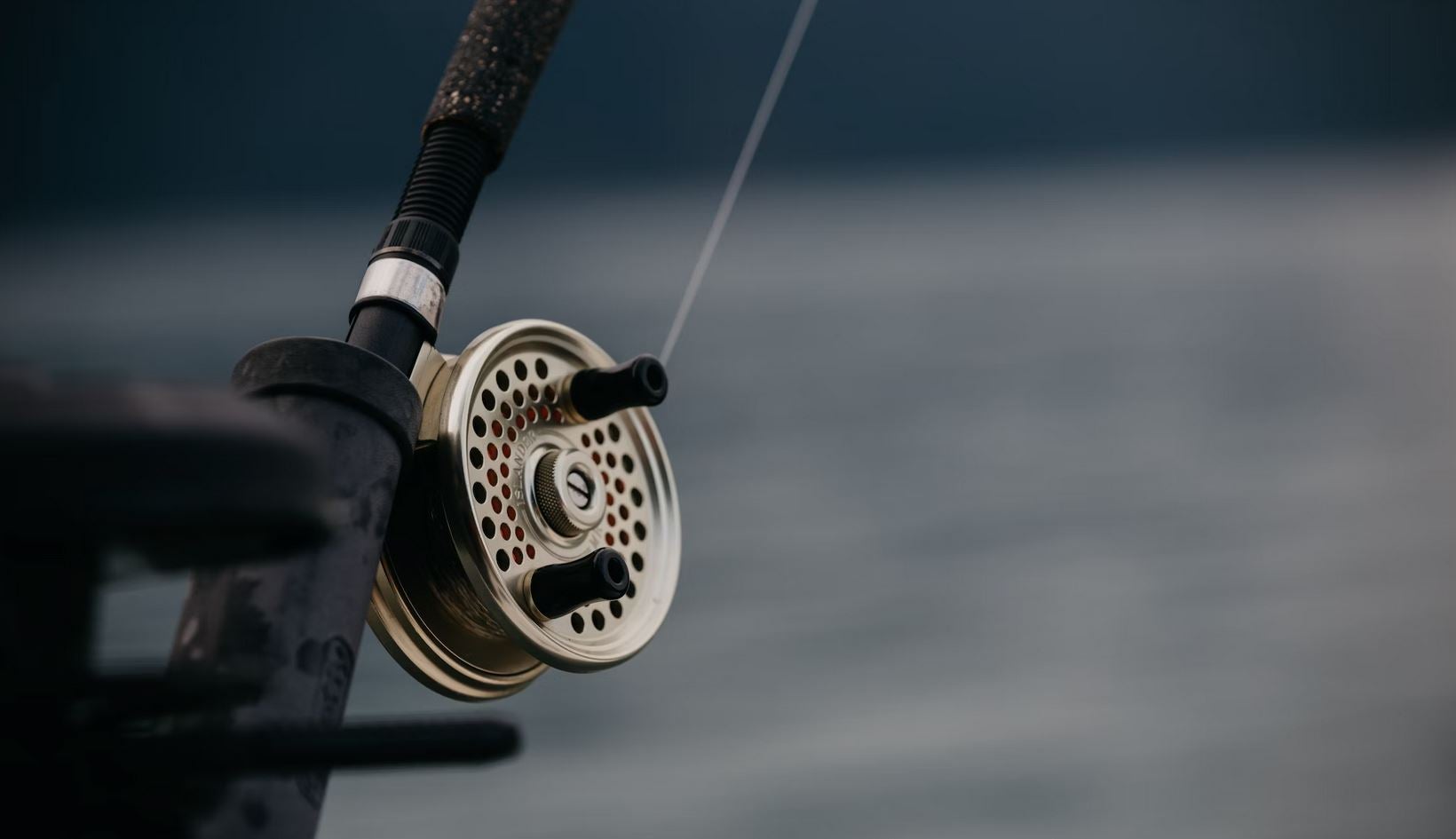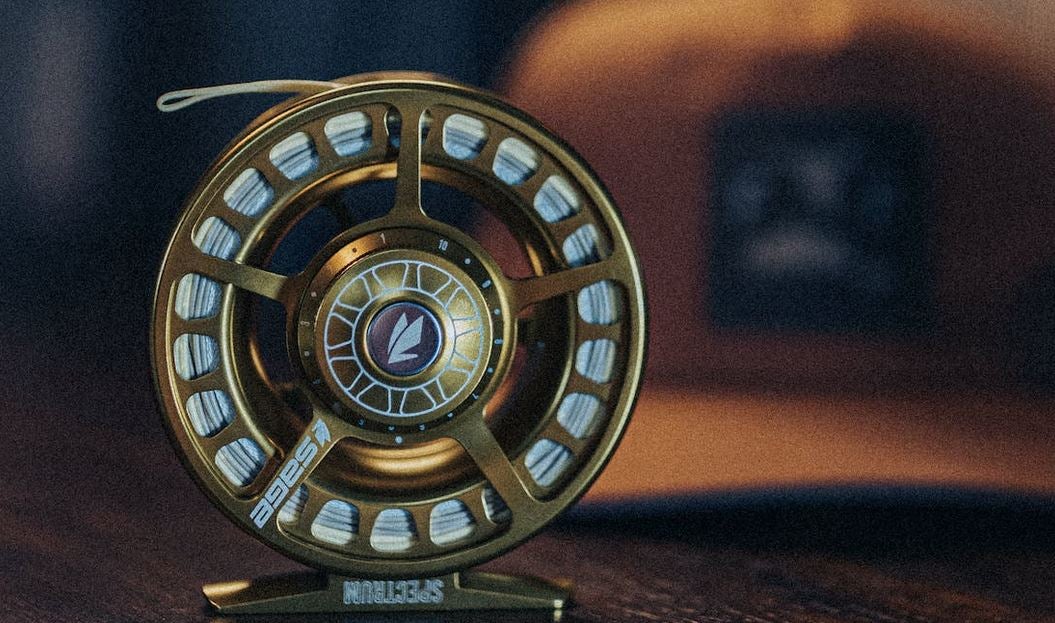Beginner’s Guide on How to Pick The Right Fly Fishing Reel
Travis Olander 06.20.23
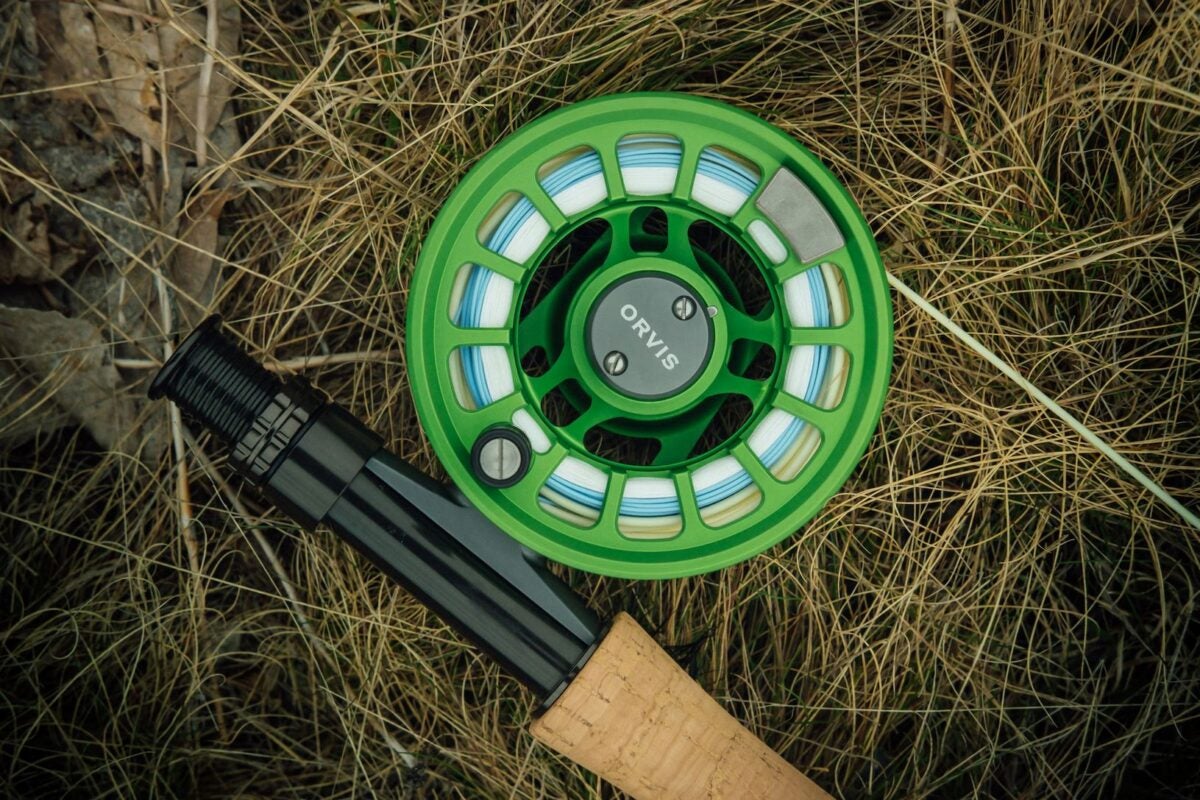
Like the rod and line, the reel on your fly fishing rod plays an important role in proper casting, presentation, line selection, and retrieval. We’ve hammered on the importance of quality kit when it comes to fly fishing because, well, the gear matters more than when you’re just tossing lures underwater with a spinner reel and regular ole’ rod. Picking the right fly fishing reel means considering two important factors the reel provides: Drag type, and arbor size.
What is Fly Fishing Reel Drag?
Drag is the most important function of your reel. The reel’s drag system provides resistance to the spool, preventing additional line from being pulled out after you hook a fish. Think of it like the brakes on a car wheel.
Inadequate drag will result in your hooked fish simply making off with your lure and, ultimately, your line. But if you have too much drag, you can lock up the reel while you’re trying to net your catch. A large fish could impart enough energy on a locked up line to snap it. Ideally, your reel’s drag system will provide a bit of play to prevent line snaps, without allowing your hooked fish to make any gains on the amount of line already cast. There are two types of drag systems on fly reels:
- Disc Brakes
- Like a modern car, many fly reels have a friction disc that contacts a central rotor to add or reduce brake pressure, thus increasing or decreasing drag on the reel. And, like car brakes, friction discs are made with various materials — some budget, some premium. Cheap discs are made from plastic, while high-end brakes are made from carbon fiber, Teflon, or special composites.
- Click-and-Pawl
- The original fly reel drag system uses a one-way gear under spring tension. Increasing or decreasing the spring tension is what sets the amount of drag. When enough tension is added to the line, the pressure overcomes the resistance of the spring. This causes the gear inside the reel to click to the next tooth.
Fly Fishing Reel Disc Drag: Pros and Cons
Disc drag systems are more capable of fine tuning and dialing in resistance to more precise levels than click-and-pawl systems. But disc drag systems wear over time, and they require occasional cleaning and maintenance. Sand, dust, and debris can get inside the brake system and cause a failure. Over time, even high-end discs need to be replaced.
Types of Drag Discs
Synthetic drag discs are said to last a lifetime with proper cleaning and they’re self-lubricating, so they require little maintenance. But these discs have high startup inertia. That means they resist giving up their static braking when a fish catches the line. This can easily increase the risk of snapping the tippet, so it’s important to set the drag before casting.
Cork discs have low startup inertia and are much less likely to induce a line snap. As the line begins to run, the cork heats and expands. This increases the drag on its own. It’s a convenient, safe setup. The only downside is that cork can become brittle over time, and it wears much sooner than a synthetic disc. These systems are also uncommon nowadays; most setups use carbon fiber.
Click-and-Pawl: Pros and Cons
Click-pawl drag systems are not as precise as disc systems. But they outmatch disc drag setups in every other way: Their springs and pawls will outlast you, and they require virtually no maintenance or cleaning. Many (but not all) pawl drag setups can still be adjusted on the fly via a spring tension adjustment knob.
Fly Rod Arbor Size
When it comes to picking an arbor for your fly fishing rod, bigger is almost always better: Large reels provide a plethora of benefits, including faster line retrieval, less line coil, and more consistent drag and adjustment.
The only reason you may want to invest in a medium or small arbor is for weight savings, balance, and overall size. Slapping a massive arbor on a rod measuring 7 feet can throw off your casting and center of gravity.
Fly Fishing Reel Retrieval Mechanisms (Keep it Simple)
If you thought fly reels function like other types of reels — which a crank lever spinning the reel to retrieve line — you’re mostly right: Some fly reels have complex systems, like multiplying reels and automatic reels.
Multiplying Fly Fishing Reel. These reels require manual cranking, but they multiply the amount of line that’s spooled with each rotation of the crank. For example, one gearing setup might provide two rotations of the spool with a single rotation of the crank. Basically, they allow for much faster line retrieval.
We recommend staying away from these systems, though. They can make setting drag a pain, and often, they’re temperamental and unreliable. They can easily cause binding or tangling, putting you out of the action.
Automatic Fly Fishing Reel. As the name suggests, these reels automatically spool your line with the press of a button or lever. We also recommend staying away from these systems. They interfere with presentation and they’re simply unnecessary in fly fishing.
1:1 Crank Reel. This is the gold standard, and it’s what you should stick with: One full rotation of the crank provides one full rotation of the reel. This allows for proper, predictable line retrieval without the fuss and hassle of finicky gears and gimmicky automatic systems.
Fly Fishing Reel Construction
It’s also a simple thing to pick the right reel material: Stick with aluminum or coated steel. Those materials resist rust and corrosion, and they’re lightweight but rigid. Carbon fiber reels are expensive overkill, and polymer reels are bound to crack and bend over time.
Fly Reel vs. Line Weight
Also simple: Match your reel to your intended rod and line weight. Ideally, all three components will advertise the same weights. That means an 8-weight rod needs 8-weight line, and a 7/8-weight reel. Easy.
